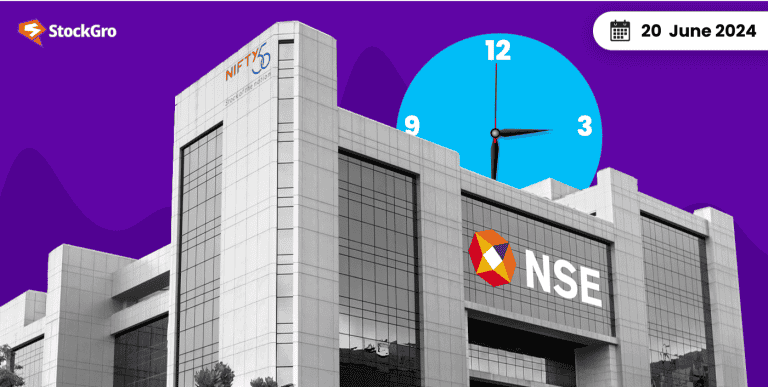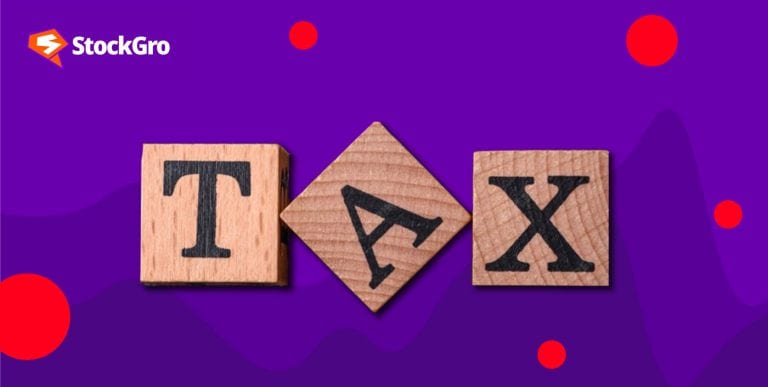
Net investment is increasingly becoming one of the essential ways to measure the natural growth and health of any business or country in this ever-changing world of finance. Net investment shows how well a business deploys its resources towards supporting future growth.
Furthermore, this approach also gives valuable insights into long-term planning and sustainability in terms of holding and growing asset bases. As markets become more complicated and linked, understanding the details of net investments may be necessary to make intelligent, significant financial choices.
The aim of this article is to explore net investment and clear up any confusion about gross investment and net investment by explaining what the difference between gross investment and net investment is.
What is the net investment?
Net investment is a financial metric that allows management to track the amount of funds used as investments in growth and operational improvement. It equals total capital expenditure less depreciation. It is an essential value as it shows whether the company’s operations are expanding or contracting, with positive net investment showing expansion and negative indicating contraction.
Capital assets lose value over time because they are used up and become outdated. As a result, net investment not only signifies the cost involved in acquiring new assets but also covers maintenance and upgrading expenses on existing ones.
The requirement for net investment varies across industries. Service-based firms might require fewer capital investments compared with manufacturing entities, which have to be continuously reinvested in fixed assets for continuing prosperity.
Additionally, net investment is an essential indicator of a country’s production capacity that forms part of its GDP (Gross domestic product). It shows whether production capacity is rising or falling.
When considering the dynamics of economic resources, one might ponder if net investment is stock or flow. The answer lies in its nature of measurement; net investment is a flow, capturing the ongoing expenditure on capital assets after accounting for depreciation over a period of time.
Also read: Investment analysis: How to spot market underdogs worth betting on
Net investments calculation
The net investment formula is straightforward:
Net investment = Gross investment – Depreciation
Gross investment is the total amount of money spent on acquiring capital assets within a specified period, while depreciation is the reduction in value of such capital assets due to wear and tear.
Example:
For example, if a company spends ₹500,000 over one year on new machinery (gross investment). According to calculations, the machinery will depreciate by ₹200,000 during that year. Net investments will be derived by subtracting depreciation from gross investments thus:
Net investment = ₹500,000 (Gross investment) – ₹200,000 (Depreciation)
Therefore, the net investment is equal to ₹300,000
It implies that for this particular year, a sum of ₹300,000 was spent on adding new machinery; this represents how much more capacity the firm has gained during this period after considering asset value loss.
Also read: The annuity method of depreciation: A comprehensive guide
Let’s explore a real-life example next and utilise the formula from a different perspective:
During FY 2024, Tata Motors had capex expenditures worth ₹6,799.33 crores. In addition, depreciation during this time stood at roughly ₹2,665.92 crores
Thus, we can say that the company’s net investment during this period equals:
Net Investment = ₹6,799.33 – ₹2,665.92 = ₹4133.41 crores
This amount represents a significant re-investment into the firm’s assets. It shows a long-term growth strategy and a desire to expand productive capacity. It displays an optimistic outlook towards future profitability and commitment to maintaining operational efficiency in firms’ capital formation.
Difference between gross investment and net investment
Let us consider the differences between gross and net investments:
| Gross investment | Net investment | |
| Meaning | Gross investment is the aggregate spending on capital asset procurement or capital stock augmentation within a timescale, excluding wear and tear. | Net investment signifies genuine spending on capital asset procurement or capital stock augmentation within a timeframe, including wear and tear. |
| Calculation method | Computed by summing all expenditures on capital asset procurement. | Computed by deducting depreciation from gross investment. |
| Depreciation | Excludes depreciation in the assessment of final value. | Includes depreciation in the evaluation of final value. |
| Significance | Reflects the total allocation for capital assets. | Reflects the actual allocation for capital assets after considering factors like degradation, contributing to organisational efficiency. |
You may also like: What is gross profit? What does it indicate about a company’s financial position?
Bottomline
Net investments are a critical metric for assessing the natural growth and health of any business or economy. Unlike gross investments that only cover the total amount spent on buying capital assets, these provide a more accurate picture by excluding depreciation.
This distinction is vital for understanding how effectively a company or nation is maintaining and expanding its productive capacity. Net investments serve as a reliable barometer of economic health, guiding stakeholders in making prudent and impactful financial choices.
FAQs
- Is net investment greater than gross investment?
There are specific conditions under which net investment can be greater than gross investment. Net investment becomes positive when gross investment exceeds depreciation. It shows the growth of capital stock. On the other hand, if depreciation is greater than gross investments, this leads to negative net investments, indicating a decrease in capital stock. In other words, the amount of net investment depends on whether asset acquisition is in excess of depreciation.
- How to calculate capex?
You can find capital expenditures (Capex) by adding up the current year’s depreciation on assets bought with cash, like land, buildings, and other industry structures. This represents how much the company invests in keeping or growing its fixed asset base. Capex is an essential indicator of how well an organisation can increase its profit potential over time and what prospects it has in terms of achieving sustainable growth.
- What is ROI in stocks?
Return on investment (ROI) in stocks measures how profitable a particular stock has been compared with its expenses; it calculates earnings from an investment divided by initial costs, which also includes any gains plus dividends relevant to equities. A high ROI indicates favourable equity performance against other classes of assets when evaluating returns on equity investments by investors.
- How to calculate NPV?
To find net present value (NPV), you take the projected cash flows from an investment and discount them back to their present value using a specific discount rate, which is usually the cost of capital. Then, the present amounts of all the cash coming in and going out are added up. If the NPV is positive, it means that the expected gains are higher than the expected costs. This means that the investment is likely to be profitable.
- How to calculate IRR?
Internal rate of return (IRR) is determined when we find out at what rate discounting all future cash flows would bring the net present value (NPV) for this specific project down to zero. It involves either iterative calculations or the use of financial calculators because it does not take algebraic form directly. IRR provides a break-even point where the rate of investment equals zero; hence, it can be used as a yardstick for appraising potential investments’ attractiveness.

